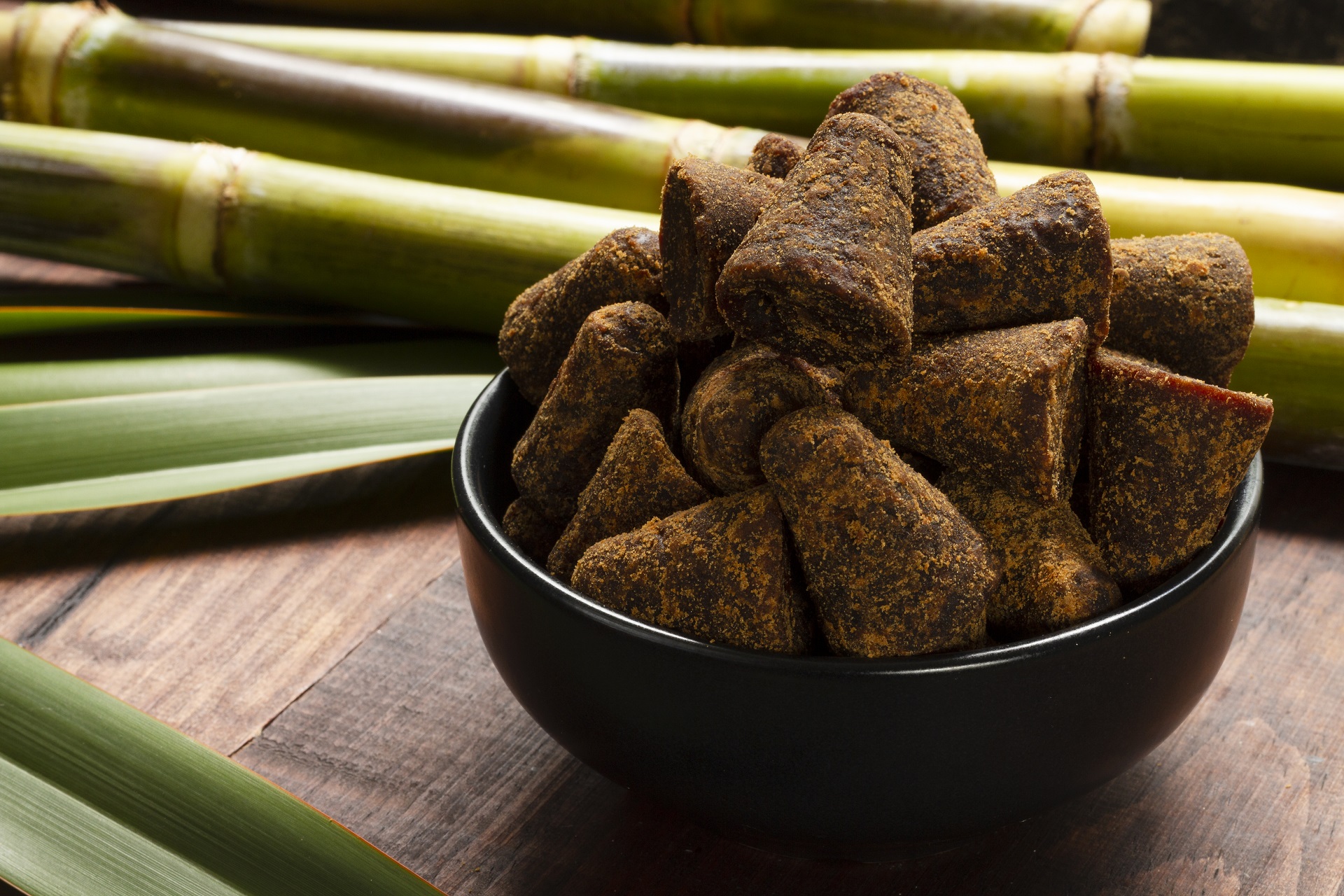The sugar root pulp, also known as sugar beet pulp, is the fibrous material left over after sugar beets are processed to extract sugar. Sugar beets are a type of root vegetable that are high in sucrose, which is why they are used to produce sugar.
After the sugar beets are harvested, they are washed, sliced, and then put through a process that extracts the sugar from the beet juice. The remaining material is the sugar beet pulp, which consists of the fibrous portion of the beet.

